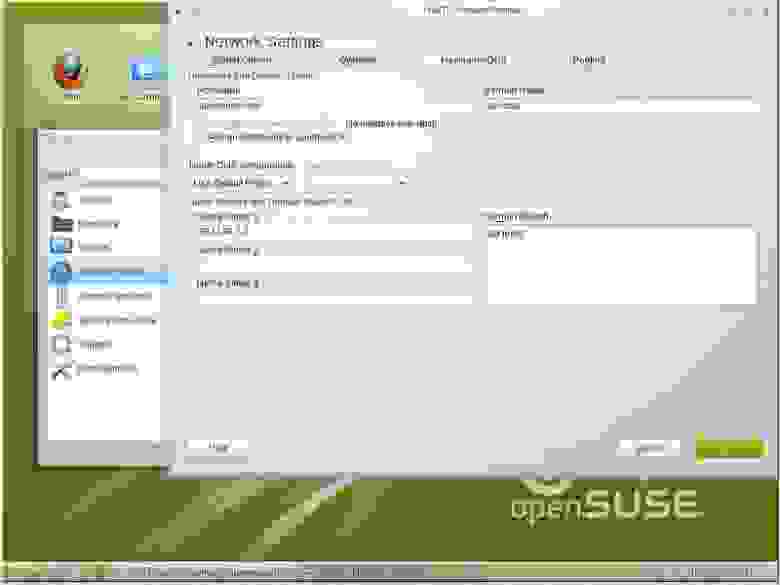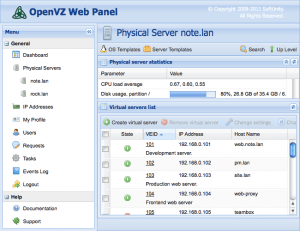Creating a DNS Zone on a SUSE Linux Server
DNS zones play a crucial role on the internet, as they allow associating IP addresses with domain names. This article will guide you through creating a DNS zone on a server running SUSE Linux.
Before creating a DNS zone, ensure you have a DNS server installed and configured on your SUSE Linux server. If your DNS server is already running, let’s proceed with creating a new zone.
Step 1: Creating the Zone File
First, let’s create a zone file with a .db extension. Use the following command:
sudo vi /var/lib/named/master/example.com.db
Replace example.com with your domain name. Then, add the following records to the zone file:
- example.com. IN SOA ns1.example.com. admin.example.com. ( 2021042801 ; Serial number 86400 ; Refresh every 24 hours 3600 ; Retry every hour 604800 ; Expire (7 days) 3600 ) ; Minimum TTL
- example.com. IN NS ns1.example.com.
Step 2: Configuring the Zone File
Next, let’s configure the zone file for correct operation. Add the following records:
- ns1.example.com. IN A 192.168.1.1 ; Replace with your server’s IP address
- www.example.com. IN A 192.168.1.2 ; Replace with your web server’s IP address
Restart the DNS server using the command:
sudo systemctl restart named
Step 3: Verifying Zone Configuration
To ensure the zone was created correctly, execute the following commands:
sudo named-checkzone example.com /var/lib/named/master/example.com.db
sudo named-checkconf
If you receive no errors after running these commands, your DNS zone on the SUSE Linux server has been successfully created. You can now use this zone to associate IP addresses with domain names on your server.
By following these simple steps, you can create and configure a DNS zone on your SUSE Linux server for your web project. Happy administrating!





